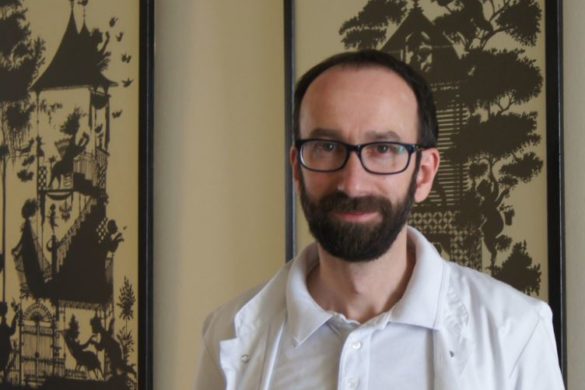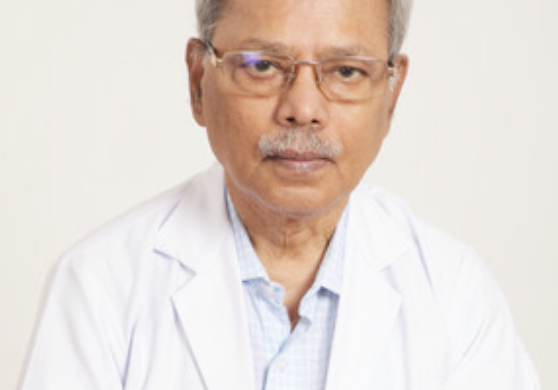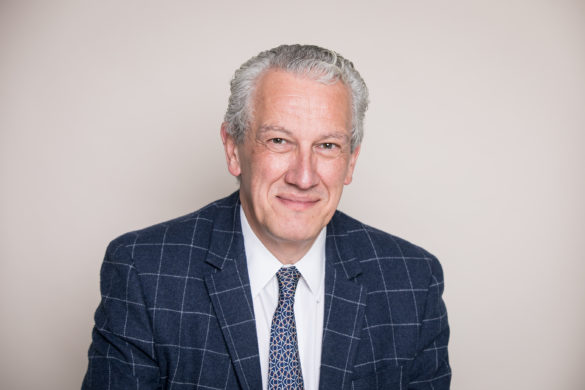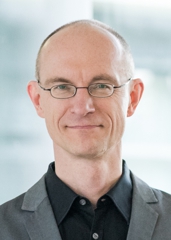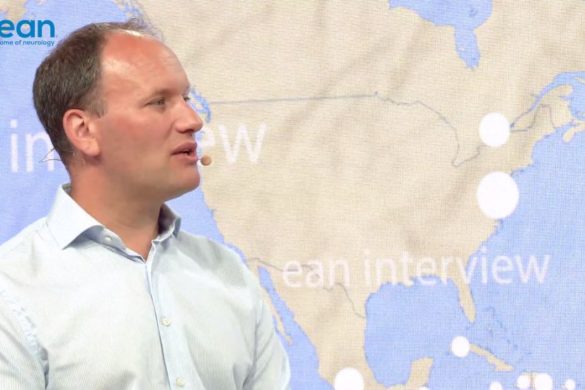Johann Sellner, Past-President of the EAYNT (European Association of Young Neurologists and Trainees)
Gian Luigi Lenzi: Please explain your role in the EAYNT as well as in the EFNS. How many years have you occupied this role?
Johann Sellner: I am a senior executive and previously worked as secretary (2008) and president (2009) of the organization. In doing so, I support the work of the EAYNT officers, which serve for a one year period. Within the EFNS I am currently the junior delegate to the Scientist Panel Assembly of the EFNS.
(GLL) In your opinion, in general and didactic terms, what is the cultural role of your Association in respect to the “general” Neurology?
(JS) Promoting friendship among colleagues from different countries and supporting the understanding of different cultural approaches toward neurology are fundamental ideas of the EAYNT. These ambitious aims are accomplished with get-togethers and workshops for young neurologists at various occasions. Of note, hospital visits during conferences have garnered considerable interest as participants are able to witness the spectrum of European culture and compare distinct neurology practices.
(GLL) In your opinion, what is the cultural role of a Congress and/or Teaching Courses organized by your Association in respect to the EFNS Congress and its Teaching Courses?
(JS) Improvement of clinical competence remains the basis for our efforts. We encourage junior colleagues to attend courses and workshops in Europe to improve their knowledge and gain insight into the broad European perspective. In this regard, we also organize teaching courses and provide hands-on information for grants, bursaries and emerging educational initiatives at conference booths and on our homepage (www.eaynt.org). Moreover, in a recent position paper we have addressed the changing requirements for teaching courses in the era of Generation Yers, the demographic cohort defined by birth between 1981 and 1999. Our organization was also involved in the development of ebrain, the world´s largest and most comprehensive web-based training resource in clinical neurology.
(GLL) What are further aims of your association?
(JS) Curricula, assessment methods, and even the definition of postgraduate training vary widely between European countries. Thus, defining standards and requirements for the 21st-century neurologist is a challenge amid the converging political, economic, and social developments within the European Union. Interested readers are referred to the EAYNT workshop on “Harmonization of Neurology Education” on Sept 9th 2012 taking place during the EFNS conference in Stockholm.
(GLL) What were your recent efforts to promote academic neurology for junior colleagues?
(JS) The invitation from the Scientific Committee of the EFNS in 2008 to nominate junior delegates to the Scientist Panels is a major success story for the EAYNT. Junior neurologists now play a part in contributing to the scientific and educational programme of EFNS conferences and participate in the preparation of guidelines. Moreover, in 2011 we achieved that junior colleagues can take responsibility early in their career by reviewing abstracts and promote discussion by being nominated as poster co-chairs.
(GLL) What are future challenges for your organisation?
(JS) Our activities have become an integral of major European Neurology organizations including the EFNS, the European Neurological Society (ENS) and Danube Neurology. We are eager to contribute to junior neurologists activities within the newly formed European Academy of Neurology (EAN) and are closely observing the development of the European Board of Neurology (EBN) examination. An open-door policy with regard to involvement in the EAYNT remains the mainstay of our organization and its success as we continue to prepare our members for the 21st century.
Interested readers are referred to following recent articles:
- Struhal W, Falup-Pecurariu C, Sztriha LK, Grisold W, Sellner J. European Association of Young Neurologists and Trainees: position paper on teaching courses for Generation Y. Eur Neurol. 2011;65(6):352-4.
- Struhal W, Rakusa M, Grisold W, Sellner J. The European Board of Neurology Examination–junior neurologists are eager to take the challenge. Eur J Neurol. 2011;18(8):e89-92.
- Struhal W, Sztriha LK, Rejdak K, Petzold A, Sellner J. International Issues: the EAYNT: ten years of unifying European junior neurologists. Neurology. 2011;76(2):e4-6.
- Struhal W, Sellner J, Lisnic V, Vécsei L, Müller E, Grisold W. Neurology residency training in Europe–the current situation. Eur J Neurol. 2011;18(4):e36-40.
- Sztriha, L. K., Struhal, W., Varga, E. T., Brainin, M., Gilhus, N. E., Waldemar, G., Sipido, E., Müller, E. and Sellner, J. (2011), Emerging scientific opportunities for junior neurologists in the European Federation of Neurological Societies. Eur J Neurol. 2011;18(10):e131–e133.
Johann Sellner is Past-President of the European Association of Young Neurologists and Trainees (EAYNT), an 800 member non-profit organization being active on behalf of junior colleagues. The driving forces for the founding of the EAYNT in 1999 included the need for an independent representation of junior neurologists in a changing pan-European labor market, the collection and transmission of information about medical specialization and disparities in working conditions throughout Europe, and the desire to provide a framework for collective expression and proposal development on behalf of these physicians.
Information on the EAYNT OFTEN programme can be found here: https://www.eanpages.org/?p=1078





